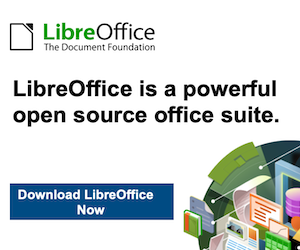Since the commercialization of the web, web development has been a growing industry. The growth of the web development industry is being pushed especially by businesses wishing to sell products and services to online customers.
For tools and platforms
– the public can use many open source systems to aid in web development. A popular example, the LAMP (Linux, Apache, MySQL, PHP) stack is available for download online free of charge. This has kept the cost of learning web development to a minimum. Another contributing factor to the growth of the industry has been the rise of easy-to-use WYSIWYG web-development software, most prominently Adobe Dreamweaver, WebDev, and Microsoft Expression Studio. Using such software, virtually anyone can relatively quickly learn to develop a very basic web page. Knowledge of HyperText Markup Language (HTML) or of programming languages is still required to use such software, but the basics can be learned and implemented quickly with the help of help files, technical books, internet tutorials, or face-to-face training.
An ever growing set
– of tools and technologies have helped developers build more dynamic and interactive websites. Web developers now help to deliver applications as web services which were traditionally only available as applications on a desk-based computer.
Instead of running executable
– code on a local computer, users can interact with online applications to create new content. This has created new methods in communication and allowed for many opportunities to decentralize information and media distribution. Users can interact with applications from many locations, instead of being tied to a specific workstation for their application environment.
Examples of dramatic transformation
– in communication and commerce led by web development include e-commerce. Online auction-sites such as eBay have changed the way consumers find and purchase goods and services. Online retailers such as Amazon.com and Buy.com (among many others) have transformed the shopping and bargain-hunting experience for many consumers. Another good example of transformative communication led by web development is the blog. Web applications such as WordPress and Movable Type have created easily-implemented blog-environments for individual web sites. The popularity of open-source content management systems such as Joomla!, Drupal, XOOPS, and TYPO3 and enterprise content management systems such as Alfresco have extended web development’s impact at online interaction and communication.
Web development
– has also impacted personal networking and marketing. Websites are no longer simply tools for work or for commerce, but serve more broadly for communication and social networking. Websites such as Facebook and Twitter provide users with a platform to communicate and organizations with a more personal and interactive way to engage the public.
Read more about web development here – What does a Web Developer Do?






